“Austin was perfect when he was born at 38 weeks. Only liver enzymes were a little elevated.”
The third son of Renée Staska He was achieving all of his developmental goals: trying to stand up, making eye contact, and laughing.
LOOK: The man who survived 60 hours in a sunken ship at the bottom of the sea
When her elevated levels of liver enzymes or proteins didn’t respond to medical treatment, doctors decided to perform some genetic testing.
“They called me and told me they had found Niemann-Pick type C. “It was a terminal diagnosis.”
Niemann-Pick type C (NPC) is a rare, hereditary and neurologically progressive disease. Renee was thrust into the world of childhood dementia.
“I was reeling from this news when the doctor told me, ‘Don’t Google it, Just go home and worship because there is no treatment or cure. There’s nothing you can do.'”
She then decided to test her two oldest children, four-year-old Hudson and two-year-old Holly.
The results were devastating.
“Having my three children diagnosed with a terminal illness was traumatic. I was only offered palliative care.”
What is Niemann-Pick type C disease?
One in every 150,000 people will have NPCs. The disease usually appears in early childhood and the average life expectancy is just nine years.
It is the result of two copies of a defective gene being passed on from both parents to the child, who will have a one in four chance of contracting the disease.
This condition causes fatty substances accumulate in the brainaffecting the central nervous system and different parts of the body.
The symptoms of NPC and other forms of childhood dementia include impaired memory and balance, lung and liver failure, delayed motor development and seizures, according to Britain’s National Health Service (NHS).
Organizations such as the Childhood Dementia Initiative (CDI), an Australian NGO that aims to raise awareness about these diseases and promote research, estimate that Around 700,000 children around the world live with dementia.
However, data from low- and middle-income countries is lacking due to limited access to specialized medical care and genetic testing in these settings.
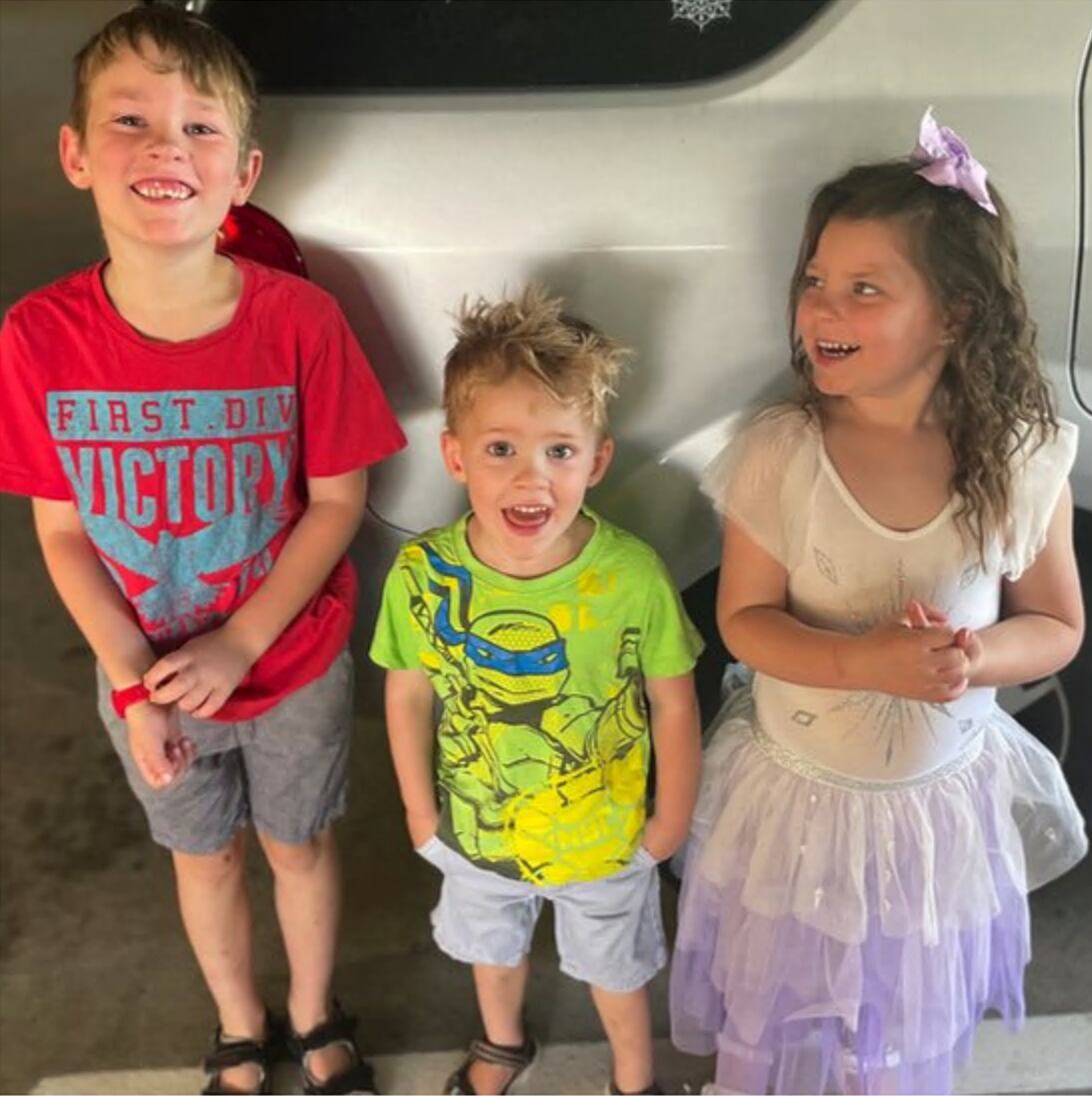
Five years after the diagnosis, Renée’s oldest children already show signs of the disease.
“My oldest son, Hudson, is really behind in school. He doesn’t know how to read or write. He is very impulsive when crossing the street. His eye movements have decreased and he also gets tired quite often.”
“My daughter Holly’s vision has also started to be affected, she is falling behind in class and there is a delay in social skills”.
Children regularly receive different therapies including hydrotherapy, speech therapy, occupational therapy and physiotherapy to help them stay as strong and healthy as possible.
While trying to understand her situation, Renee came across the CDI group and its founder, Megan Maack.
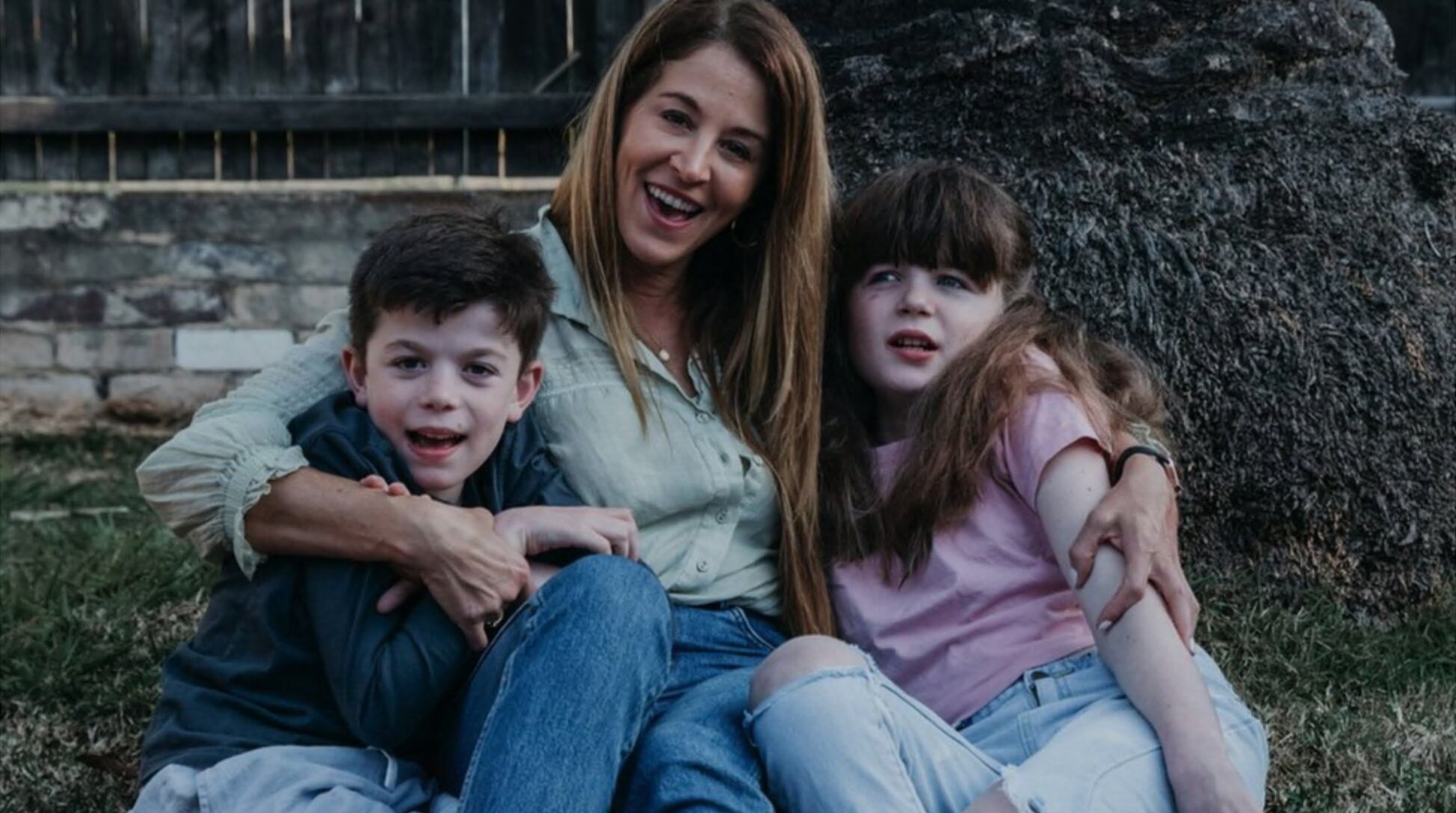
What is Sanfilippo syndrome?
Ten years ago, Megan Maack lived in “beautiful chaos”, balancing her career in a large company and her two children under the age of five.
Then her four-year-old daughter Isla was diagnosed with Sanfilippo syndrome, another rare genetic disease that is considered a type of childhood dementia.
“At the time of diagnosis, Isla had mild symptoms, mainly delays in language and communication development.
“She said isolated words but didn’t put them together. She was slower than other children to understand things, so I went to the doctor.”
Megan says Isla’s pediatrician told her not to worry.
“But something deep inside me told me something wasn’t right, I call it maternal intuition. So we went to a clinic that did a genetic testing panel (which looks for changes in many genes with a single test).
“And thank God they did, because it would be a few more years before they gave us a diagnosis of Sanfilippo.”
Every moment is now precious to Megansince Sanfilippo syndrome currently has no cure and most children are not expected to live beyond adolescence.
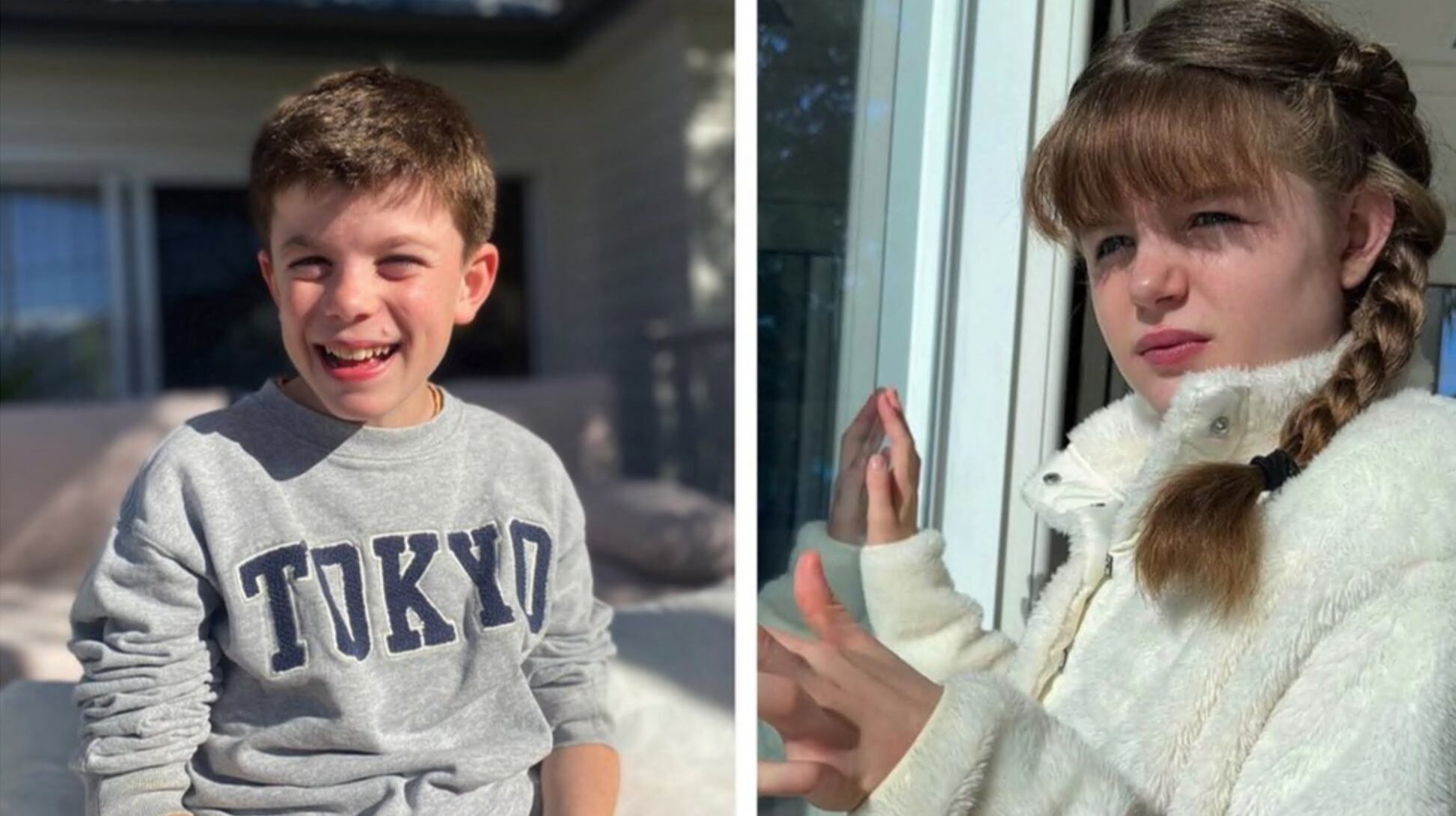
Shortly afterwards, Meghan’s two-year-old son Jude was also diagnosed with the same condition.
“Both my children’s father and I had a mutation in the same gene and, unfortunately, We pass on this gene when we conceive children.“, it says.
“Isla could read; she could run, jump and swim. She was a splendid, mischievous girl who loved to dress up and make friends.”
According to the NHS, children with Sanfilippo syndrome lack a protein that breaks down large sugar molecules in the human body.
As the molecules accumulate in the body’s cells, they cause irreparable damage to all organsincluding the brain, causing widespread inflammation and loss of sensitive brain tissue.
This leads to loss of developmental skills, deafness, hyperactivity, behavioral problems and seizures.
“Today Isla is 14 and Jude is 12,” says Megan. “We are seeing them slowly disappear.
“Isla doesn’t know who I am most days. He often leaves the house and wanders, something we know happens to many adults who have dementia.
“We talk about mourning when someone dies and anticipated pain. We don’t have a word for what we are going through, losing someone little by little”, laments Megan.
Research need
Dr Kristina Elvidge, head of research at CDI, says not enough clinical trials are being carried out.
“There are 12 times fewer trials being done for childhood dementia than for childhood cancer,” he says.
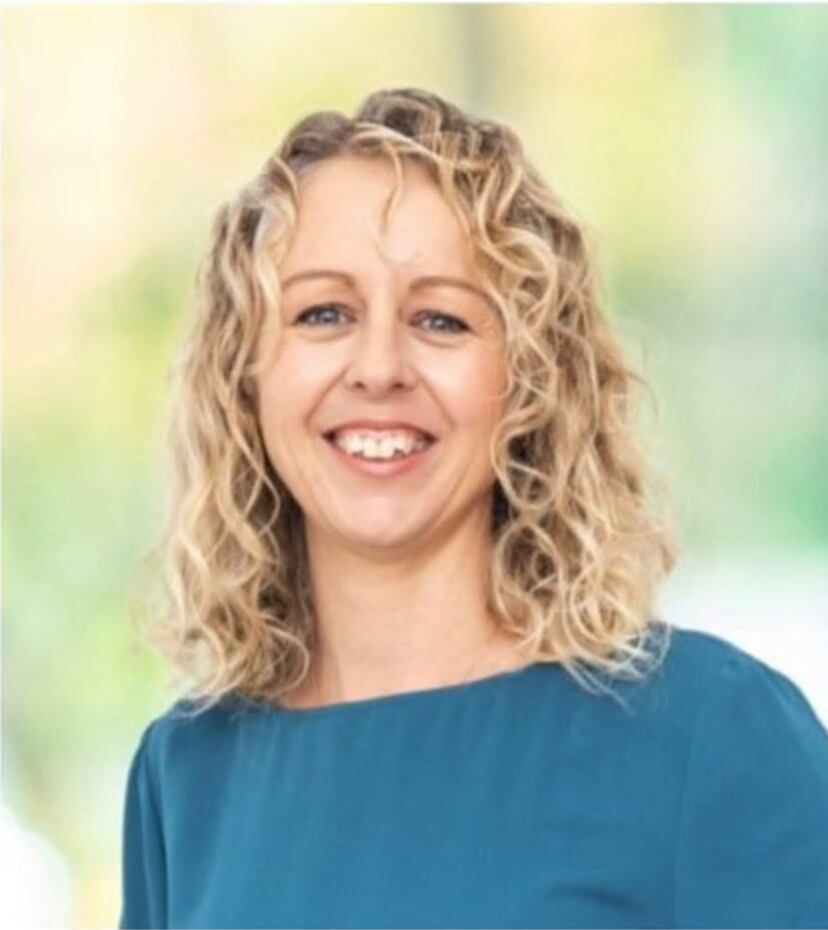
“However, they both cause a similar number of deaths every year in Australia.”
Dr. Brian Bigger, professor of cell and gene therapy at the University of Manchester, studies neurodegenerative metabolic diseases that primarily affect children.
“One of the The most promising treatments in clinical trials are gene therapies“, he states.
It involves repairing or replacing lost genetic material through the use of a deactivated virus.
There are two main types, one involving the selective delivery of genetic material to the bloodstream, spine or even the brain.
The second requires the use of stem cells from the patient’s bloodand, which are obtained from the bone marrow and which can transform into any type of blood cell when they develop.
After being infected with the modified virus, the corrected stem cells are returned to the patient’s body.
The patient must receive chemotherapy so that the corrected stem cells can grow and produce healthy cells in the body again. This therapy also provides a route to the brain.
But the treatment has a significant cost.
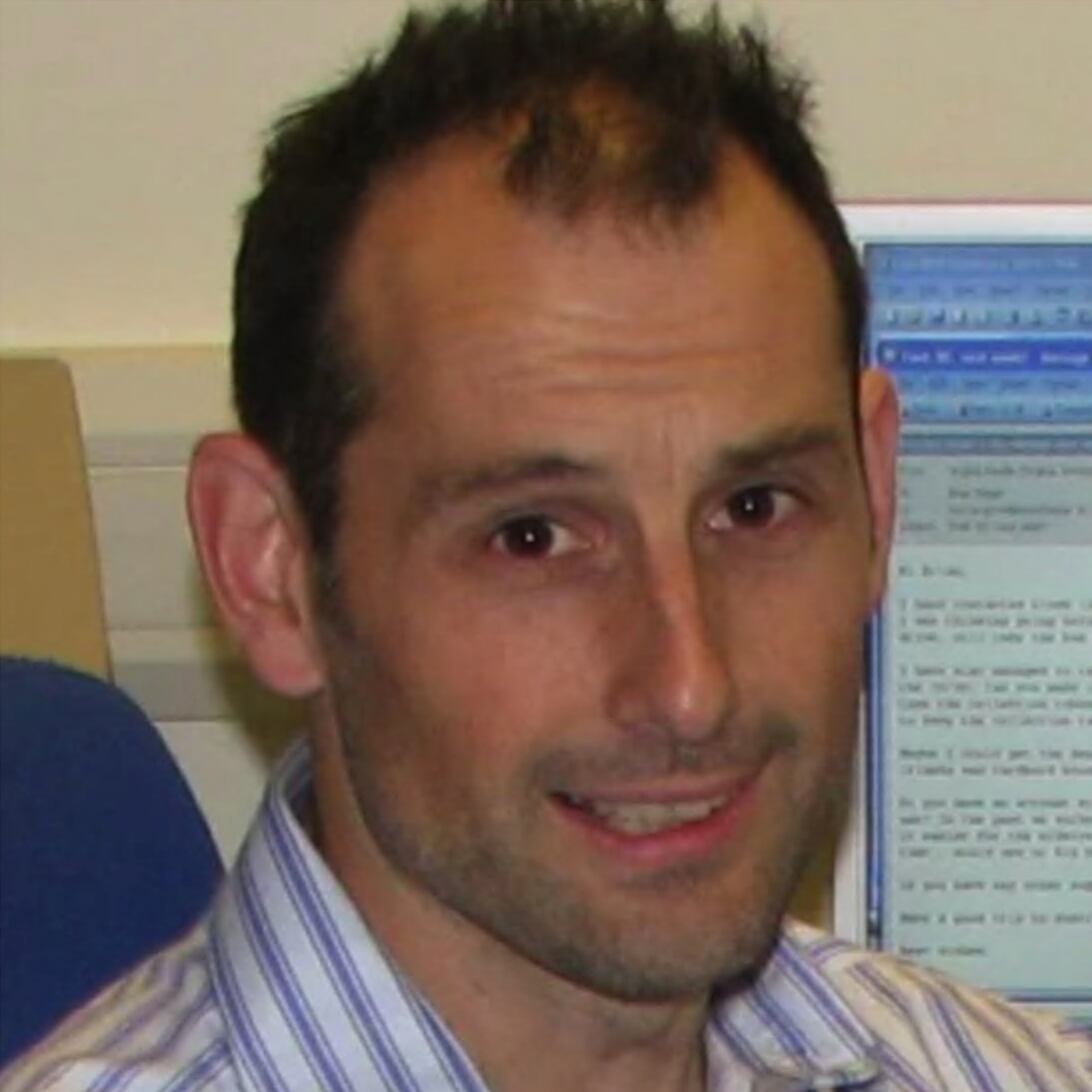
“One of the problems we have with these diseases and treatments is that their commercialization is absurdly expensive and costs millions of dollars to develop,” says Professor Bigger.
“We treated five patients in one trial and the results in two of the patients, who were two years old at the time, were remarkable.
“One of them can perform complex tasks, such as riding a scooter and talking to his brother, skills that are often limited in Sanfilippo. The other child has adjusted and can wear glasses.”
Children with Sanfilippo can be a challenge, says Professor Bigger, so It may seem like a small success, but it is significant.
However, the investigators also advise caution, as the majority of patients in the clinical trial have not yet reached the age at which the most severe phases of disease progression typically occur.
The charity Niemann-Pick UK (NPUK) works closely with CDI in Australia. He believes the umbrella term “childhood dementia” will help raise awareness while also making campaign for more government support.
“There is a disconnect between support and services for rare diseases and dementia,” explains NPUK chief executive Toni A Mathieson.
“We call on the UK and Scottish governments to recognize the seriousness and urgency of childhood dementia and related ultra-rare diseases, including childhood dementia, in their dementia strategies.”
The last word
Megan’s son, Jude, still interacts with the world, although his vocabulary has become limited.
His daughter Isla has lost almost all of her language, but can still say one special word.
“If she is happy, He will look you in the eye and say ‘happy’. “It melts you.”
“You always look forward to your child’s first word. But you never imagine having to wait for his last word.”
Source: Elcomercio
I am Jack Morton and I work in 24 News Recorder. I mostly cover world news and I have also authored 24 news recorder. I find this work highly interesting and it allows me to keep up with current events happening around the world.

:quality(75)/cloudfront-us-east-1.images.arcpublishing.com/elcomercio/Q4FLBMWW3JEM3BZJVJ6ML6QRW4.png)

:quality(75)/cloudfront-us-east-1.images.arcpublishing.com/elcomercio/5QHXBF3WQFDJRAZZVWS3C6DV4M.jpg)
:quality(75)/cloudfront-us-east-1.images.arcpublishing.com/elcomercio/BUO6EJ5KRZHLFCS3FWMMF5HBPQ.jpg)
:quality(75)/cloudfront-us-east-1.images.arcpublishing.com/elcomercio/4XELV2MPRJBEFAQHHY3C43N2BY.jpg)
:quality(75)/cloudfront-us-east-1.images.arcpublishing.com/elcomercio/XRYCA3XOPRAYTDJS7CC6YA5P5I.jpg)
